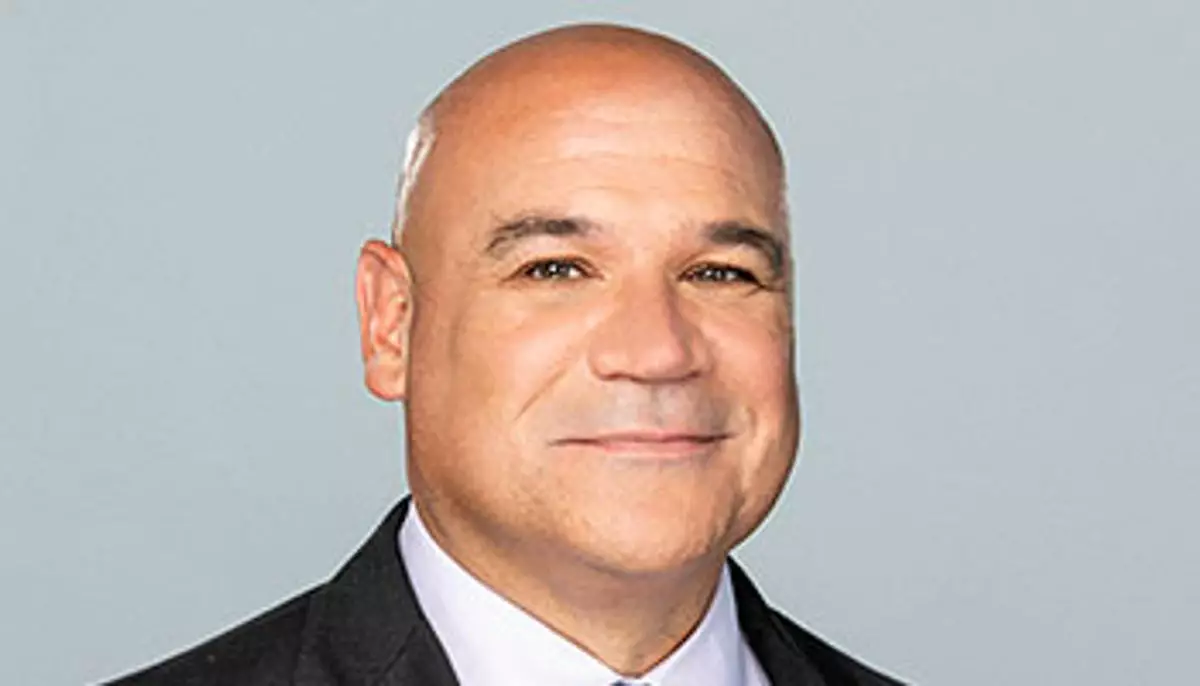In an increasingly competitive cruise market, Norwegian Cruise Line (NCL) has taken bold strides to redefine what holidaymakers can expect from their seafaring adventures. Under the leadership of President David Herrera, the company has introduced a revamped package called “More at Sea,” set to launch on January 1. This new initiative seeks to replace the previously popular “Free at Sea” program, promising an enhanced experience that resonates with the evolving desires of modern vacationers. This article explores the motivations behind this strategic shift, the resulting enhancements for guests, and its implications for brand positioning.
The cruise industry is not what it used to be. With passenger expectations continually rising, cruise lines must adapt to meet these demands. According to Herrera, NCL’s decision to transition from Free at Sea to More at Sea is not merely a rebranding but a fundamental evolution driven by comprehensive consumer research. “It’s about giving our guests what they want,” he stated emphatically. This sentiment is critical as it underscores a larger trend in the hospitality sector: a shift from merely offering services to delivering personalized experiences that cater to individual preferences.
NCL’s focus on researching the needs and desires of guests, travel advisors, and employees reveals an understanding that today’s cruise customers are increasingly diverse. Families, for instance, consist of unique individuals, each with distinct tastes and cravings. By molding their offerings to encapsulate this complexity, NCL is aiming to create a more inclusive and gratifying experience for all passengers.
The slogan “More at Sea” encapsulates NCL’s commitment to going beyond basic offerings. Herrera indicates that this program is aimed at delivering increased value, variety, and optionality. Such a strategic design not only amplifies the customer experience but also effectively positions NCL as a customer-centric cruise line in a market often criticized for cookie-cutter solutions.
At the core of More at Sea lies the promise of greater inclusivity. The reimagined package features a more diverse selection of beverage options, collapsing premium and regular beverage categories, which offers guests a broader range of brands than previously included. By increasing the number of dining experiences available in standard travel packages, NCL positions itself to cater to varying culinary preferences, a critical aspect of any enjoyable cruise vacation.
NCL didn’t stop at just expanding beverage and dining choices. In another noteworthy update, the cruise line has also enhanced its complimentary WiFi offerings. While other cruise lines may limit passengers to a set number of WiFi minutes, NCL has increased its quota from 75 to 150 minutes. This incremental change might seem minor, but it reflects a significant shift towards accommodating the digital needs of passengers who seek connectivity even while at sea. The freedom to either use complimentary minutes or opt for paid upgrades provides a flexible, user-centric approach to internet access onboard.
Nevertheless, these changes prompt questions about pricing structures. Herrera asserts that while NCL is enhancing what it offers, it does not mean that prices will skyrocket. The line aims to balance affordability with value, creating an offering that feels both premium and accessible. This philosophy may serve to attract a wider demographic, inviting those who previously felt alienated by high costs to experience what a cruise has to offer.
In crafting the More at Sea package, NCL is effectively emphasizing value creation over mere cost-cutting. In an industry grappling with cutthroat competition and evolving traveler expectations, this shift constitutes a smart strategy. Guest satisfaction hinges on perceived value, and it is clear that Norwegian Cruise Line is focused on delivering just that.
By facilitating deeper engagement with customer preferences and responding accordingly, NCL positions itself not just as a cruise line, but as a leader in passenger experience innovation. The inclusion of “more” in various dimensions—be it drinks, meals, or technology—signals a commitment to enhancing the overall cruise journey, thereby strengthening the brand’s resonance in a crowded marketplace.
Norwegian Cruise Line’s More at Sea initiative not only revamps its offerings but also sets a new standard in cruise experiences. By prioritizing guest desires and providing diverse options, NCL’s strategic innovation could serve as a template for other cruise lines navigating similar challenges in a dynamic industry landscape.


Leave a Reply